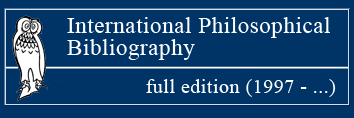Submissions
Submission Preparation Checklist
As part of the submission process, authors are required to check off their submission's compliance with all of the following items, and submissions may be returned to authors that do not adhere to these guidelines.Copyright Notice
- The signed materials, statements, opinions, and concepts expressed in the article are the responsibility of the author/authors. Síntese adheres to the Creative Commons 4.0 International License (CC BY 4.0).
Privacy Statement
The names and email addresses entered in this journal site will be used exclusively for the stated purposes of this journal and will not be made available for any other purpose or to any other party.





























